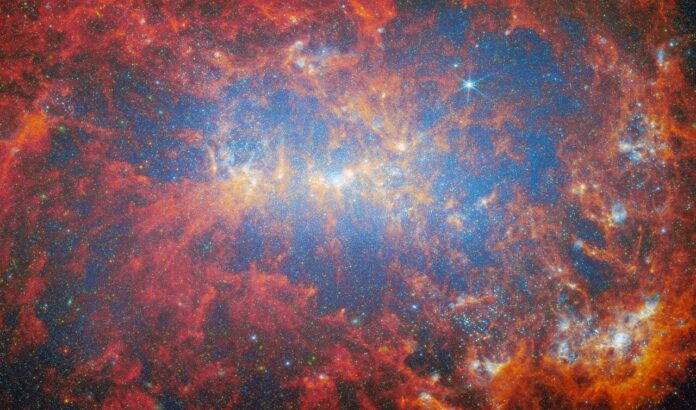## Reaching for the Stars, A Presidential Salute to Emerging Innovators
Imagine standing on the precipice of groundbreaking discoveries, your mind buzzing with the potential to unlock the universe’s secrets. Now, imagine receiving the highest honor bestowed upon early-career scientists and engineers by the President of the United States. That’s the reality for a remarkable group of NASA pioneers, recognized for their trailblazing contributions to space exploration and scientific advancement.
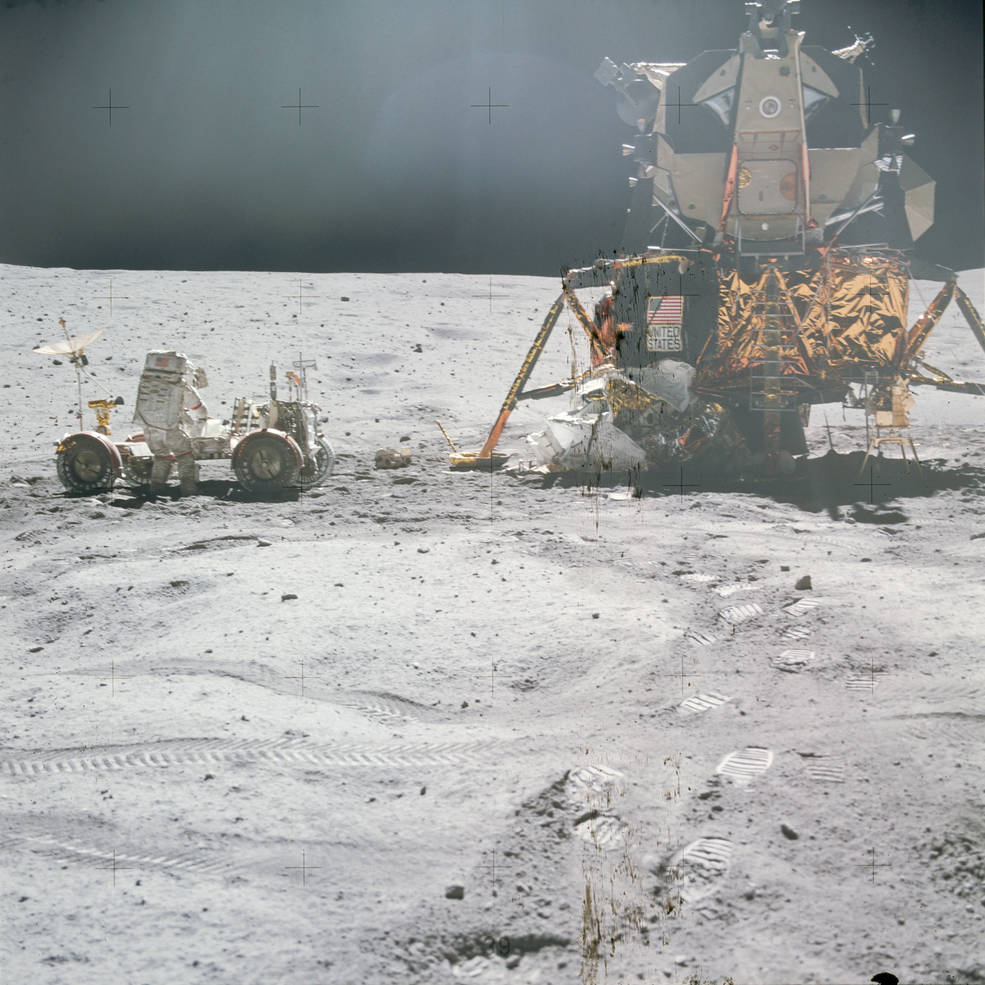
NASA’s Brightest Stars: The PECASE Award Winners Shine
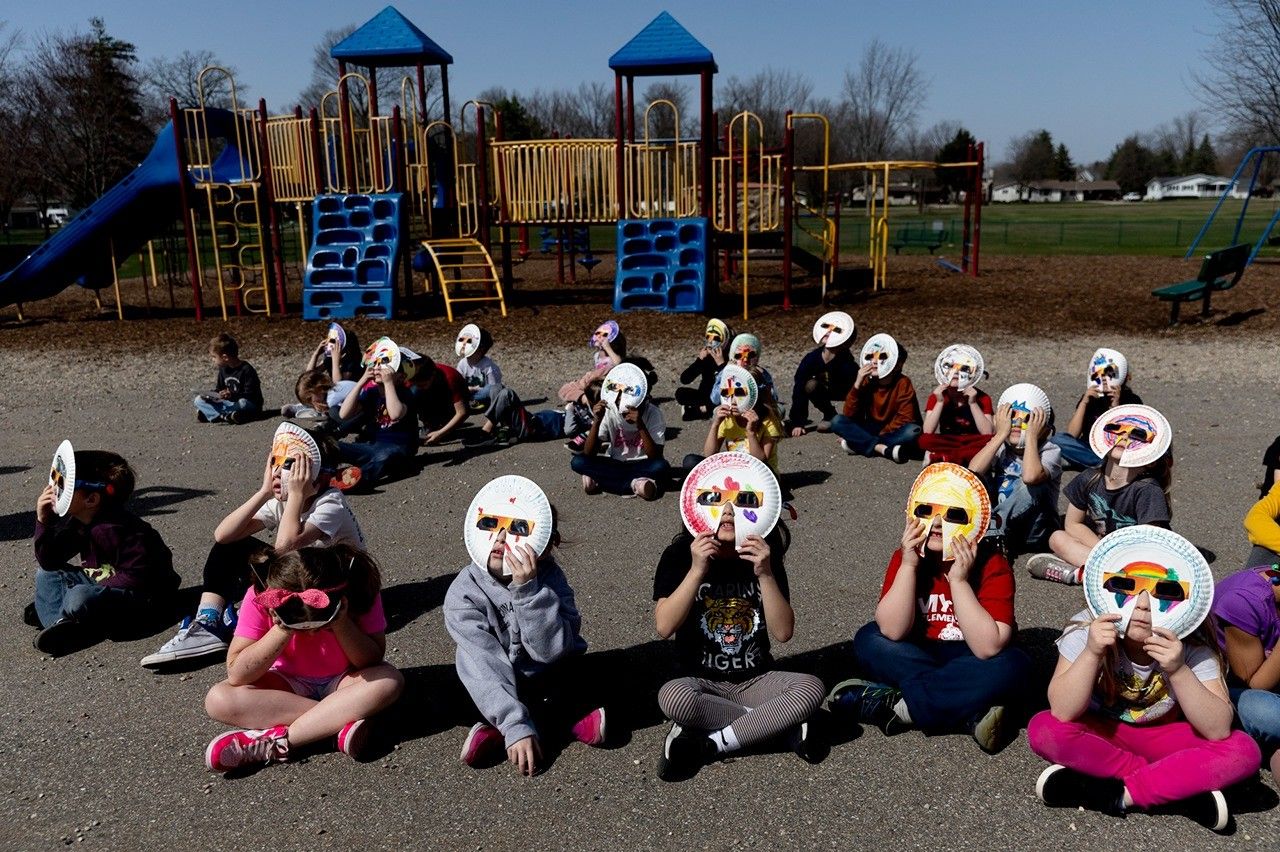
President Biden has named 19 researchers who contribute to NASA’s mission as recipients of the Presidential Early Career Award for Scientists and Engineers (PECASE). These recipients are among nearly 400 federally funded researchers receiving the honor. Established in 1996 by the National Science and Technology Council, the PECASE Award is the highest honor given by the U.S. government to scientists and engineers who are beginning their research careers. The award recognizes recipients’ potential to advance the frontiers of scientific knowledge and their commitment to community service, as demonstrated through professional leadership, education or community outreach. “I am so impressed with these winners and what they have accomplished,” said Kate Calvin, chief scientist, NASA Headquarters in Washington. “They have made valuable contributions to NASA science and engineering, and I can’t wait to see what they do in the future.”
The following NASA recipients were nominated by the agency:
- Natasha Batalha, NASA Ames Research Center, Silicon Valley, California — for transformational scientific research in the development of open-source systems for the modeling of exoplanet atmospheres and observations
- Elizabeth Blaber, Rensselaer Polytechnic Institute, Troy, New York — for transformative spaceflight and ground-based space biology research
- James Burns, University of Virginia, Charlottesville — for innovative research at the intersection of metallurgy, solid mechanics and chemistry
- Egle Cekanaviciute, NASA Ames Research Center — for producing transformational research to enable long-duration human exploration on the Moon and Mars
- Nacer Chahat, NASA Jet Propulsion Laboratory, Southern California — for leading the innovation of spacecraft antennas that enable NASA deep space and earth science missions
- Ellyn Enderlin, Boise State University, Idaho — for innovative methods to study glaciers using a wide variety of satellite datasets
- David Estrada, Boise State University, Idaho — for innovative research in the areas of printed electronics for in space manufacturing and sensors for harsh environments
- Burcu Gurkan, Case Western Reserve University, Cleveland, Ohio — for transforming contemporary approaches to energy storage and carbon capture to be safer and more economical, for applications in space and on Earth
- Elliott Hawkes, University of California, Santa Barbara — for highly creative innovations in bio-inspired robotics that advance science and support NASA’s mission
- John Hwang, University of California, San Diego — for innovative approach to air taxi design and key contributions to the urban air mobility industry
- James Tuttle Keane, NASA Jet Propulsion Laboratory — for innovative and groundbreaking planetary geophysics research, and renowned planetary science illustrations
- Kaitlin Kratter, University of Arizona, Tucson — for leadership in research about the formation and evolution of stellar and planetary systems beyond our own
- Lyndsey McMillon-Brown, NASA Glenn Research Center, Cleveland, Ohio — for leadership in photovoltaic research, development, and demonstrations
- Debbie Senesky, Stanford University, California — for research that has made it possible to operate sensing and electronic devices in high-temperature and radiation-rich environments
- Hélène Seroussi, Dartmouth College, Hanover, New Hampshire — for leading the cryosphere science community in new research directions about the role of ocean circulation in the destabilization of major parts of Antarctica’s ice sheets
- Timothy Smith, NASA Glenn Research Center — for achievements in materials science research, specifically in high temperature alloy innovation
- Mitchell Spearrin, University of California, Los Angeles — for pioneering scientific and technological advancements in multiple areas critical to NASA’s current an
Beyond the Lab: The Impact of Community Outreach
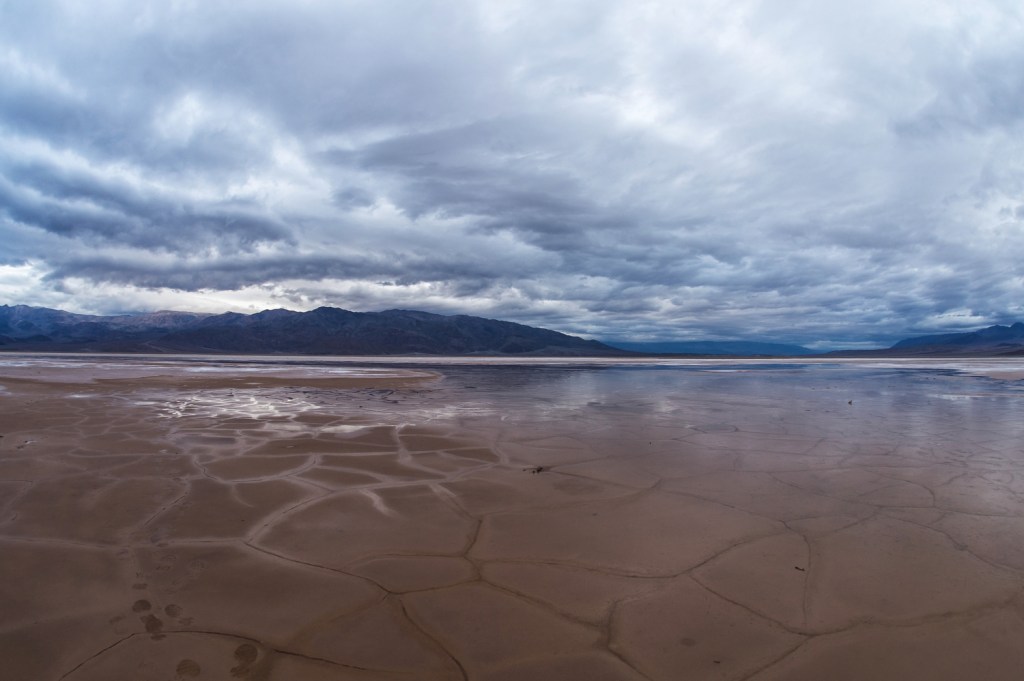
These PECASE awardees are not only pushing the boundaries of scientific discovery but are also deeply committed to inspiring the next generation of explorers and innovators. Through their community outreach programs, they are actively engaging with the public, sharing their passion for science, and fostering a love of learning in young minds.
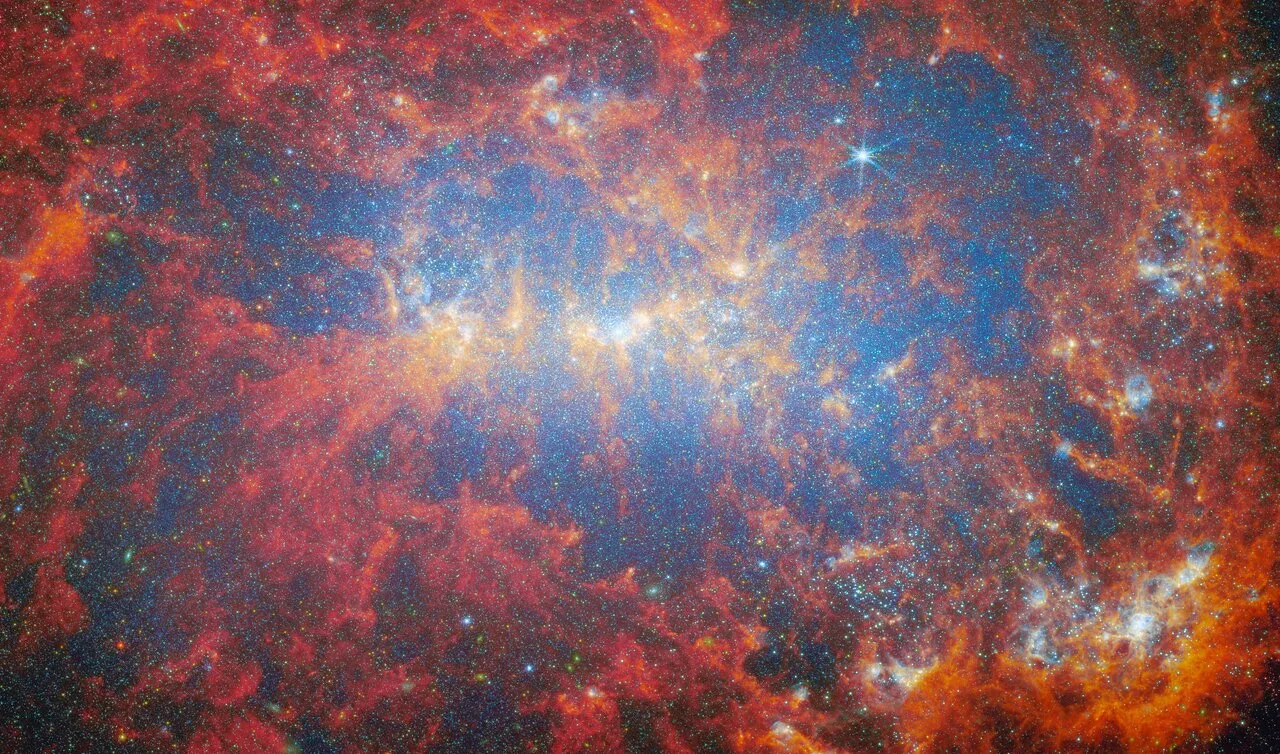
Examples of Community Engagement
Many of these scientists participate in educational workshops, mentoring programs, and public lectures, making complex scientific concepts accessible and exciting for audiences of all ages. For example:
- Dr. Natasha Batalha, a recipient of the PECASE award for her work on exoplanet atmospheres, is actively involved in outreach programs at NASA Ames Research Center, where she inspires young students to pursue careers in STEM fields.
- Dr. Egle Cekanaviciute, whose research focuses on enabling long-duration human exploration, has developed educational resources for teachers and students to learn about the challenges and possibilities of space travel.
- Dr. James Tuttle Keane, known for his groundbreaking work in planetary geophysics, regularly gives public talks and participates in science fairs, sharing his passion for exploring the mysteries of our solar system.
Through these efforts, these scientists are not only advancing scientific knowledge but also creating a ripple effect that inspires future generations to dream big and pursue careers that will shape the future of space exploration.
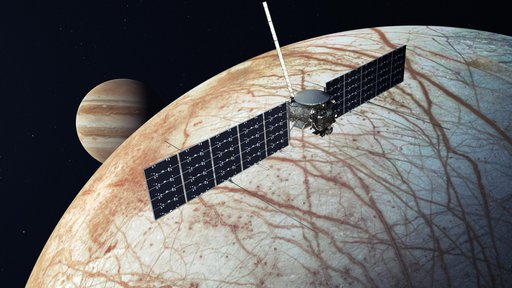
Unlocking the Universe’s Secrets
From Exoplanet Atmospheres to Space Robotics: A Glimpse into Their Research
The research conducted by these PECASE awardees spans a wide range of disciplines, tackling some of the most profound questions facing humanity. Their work is pushing the boundaries of our understanding of the universe and paving the way for future discoveries.
- Exoplanet Atmospheres: Dr. Batalha’s research focuses on developing open-source systems for modeling the atmospheres of exoplanets, planets orbiting stars beyond our solar system. This work is crucial for understanding the potential for life on other worlds and for unraveling the mysteries of planetary formation and evolution.
- Space Biology: Dr. Blaber’s research explores the effects of spaceflight on living organisms, both plants and animals. This knowledge is essential for ensuring the safety and well-being of astronauts during long-duration space missions, such as voyages to Mars.
- Materials Science for Space Exploration: Dr. Smith’s work focuses on developing new materials that can withstand the extreme conditions of space, such as high temperatures and radiation. These materials will be critical for building spacecraft, habitats, and other infrastructure for future space exploration.
- Cryosphere Science: Dr. Seroussi’s research investigates the role of ocean circulation in the destabilization of major parts of Antarctica’s ice sheets. This work is crucial for understanding the impacts of climate change on sea level rise and global weather patterns.
- Bio-Inspired Robotics: Dr. Hawkes’ research draws inspiration from nature to create innovative robots that can perform tasks in challenging environments. These robots have the potential to revolutionize fields such as search and rescue, healthcare, and manufacturing.
- The development of new materials for space exploration could lead to breakthroughs in fields such as energy storage, medicine, and manufacturing.
- Insights gained from studying exoplanet atmospheres could help us understand the conditions necessary for life to emerge and evolve.
- Bio-inspired robotics could lead to the creation of new technologies that improve our quality of life, such as robots that can assist with daily tasks or explore hazardous environments.
The Future is Now: How Their Discoveries Shape Our Understanding of Space
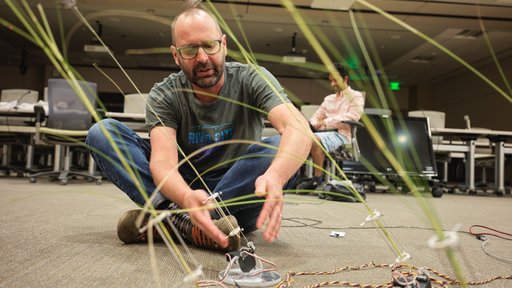
The research conducted by these PECASE awardees is not only advancing our fundamental understanding of the universe but also has the potential to transform our lives here on Earth. For example:
By investing in the brightest minds in science and engineering, NASA is ensuring that humanity continues to push the boundaries of knowledge and explore the vast unknown.
Investing in Tomorrow’s Leaders
The Significance of the PECASE Award: A Catalyst for Scientific Progress
The PECASE Award is a testament to the exceptional talent and dedication of these early-career researchers. It is a highly prestigious honor that recognizes their groundbreaking work and their potential to make significant contributions to their fields. Winning a PECASE award can have a profound impact on a scientist’s career, opening doors to new opportunities, collaborations, and funding.
NASA’s Commitment to Innovation: Building a Legacy of Scientific Excellence
Through the PECASE Award program, NASA is demonstrating its unwavering commitment to fostering innovation and nurturing the next generation of scientists and engineers. By selecting and supporting these exceptional individuals, NASA is investing in the future of space exploration and the advancement of scientific knowledge for the benefit of all.
The recipients of the PECASE Award are not simply brilliant scientists; they are also passionate individuals who are dedicated to making a difference in the world. Their work has the potential to inspire future generations and to shape the course of human history.
Conclusion
safe

